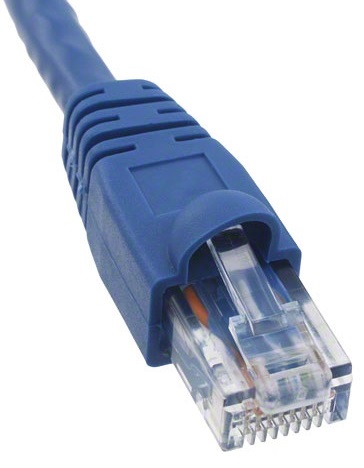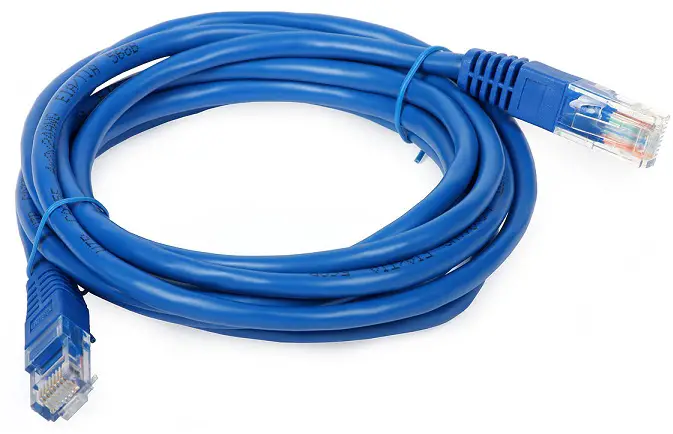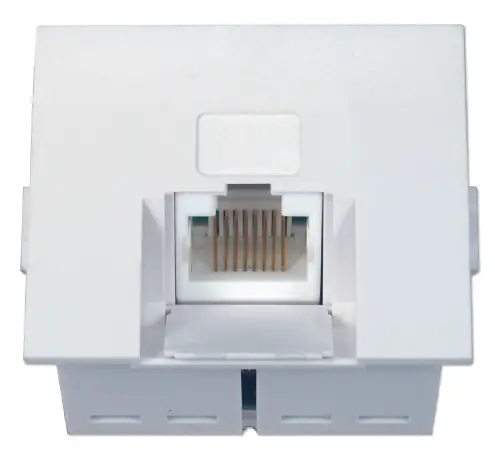1000Base-T Gigabit Ethernet Media Standard
1000Base-T is the most widely used Gigabit Ethernet standard. 1 Gbps (Gigabits per second) Ethernet over twisted pair cable is defined as IEEE 802.3ab standard. Gigabit Ethernet can transmit data at a rate of one gigabit per second (1,000,000,000 bits per second). Gigabit Ethernet is replacing FastEthernet as the LAN networking standard all over the world.
1000Base-T Gigabit Ethernet also uses copper twisted pair cables for LAN cabling, similar to Ethernet (10 Mbps) and FastEthernet (100 Mbps). Like 10BaseT and 100BaseT, 1000BaseT has a maximum supported cable length from network switch to client computer as 100 meters. Ethernet, FastEthernet and Gigabit Ethernet uses same types of ports and jacks (RJ-45). For LAN cabling, 1000Base-T Gigabit Ethernet requires CAT 6 copper twisted pair type cable or above.



Main characteristics of 1000Base-T one Gigabit Ethernet are listed below.
• Operating speed of 1000Base-T Gigabit Ethernet is 1 Gbps.
• Similar to other Ethernet standards, 1000Base-T uses baseband signals to transfer data.
• Gigabit Ethernet supports a maximum distance 100 meters between the network switch and the client computer.
• Category of twisted pair cable required is Cat 6 or above with RJ-45 connectors as shown in above pictures.
100 Mbps FastEthernet network devices had replaced by 1000Base-T Gigabit Ethernet with a speed of 1,000,000,000 bits per second.
Feed your brain that Gbps is used to represent Gigabits per second.